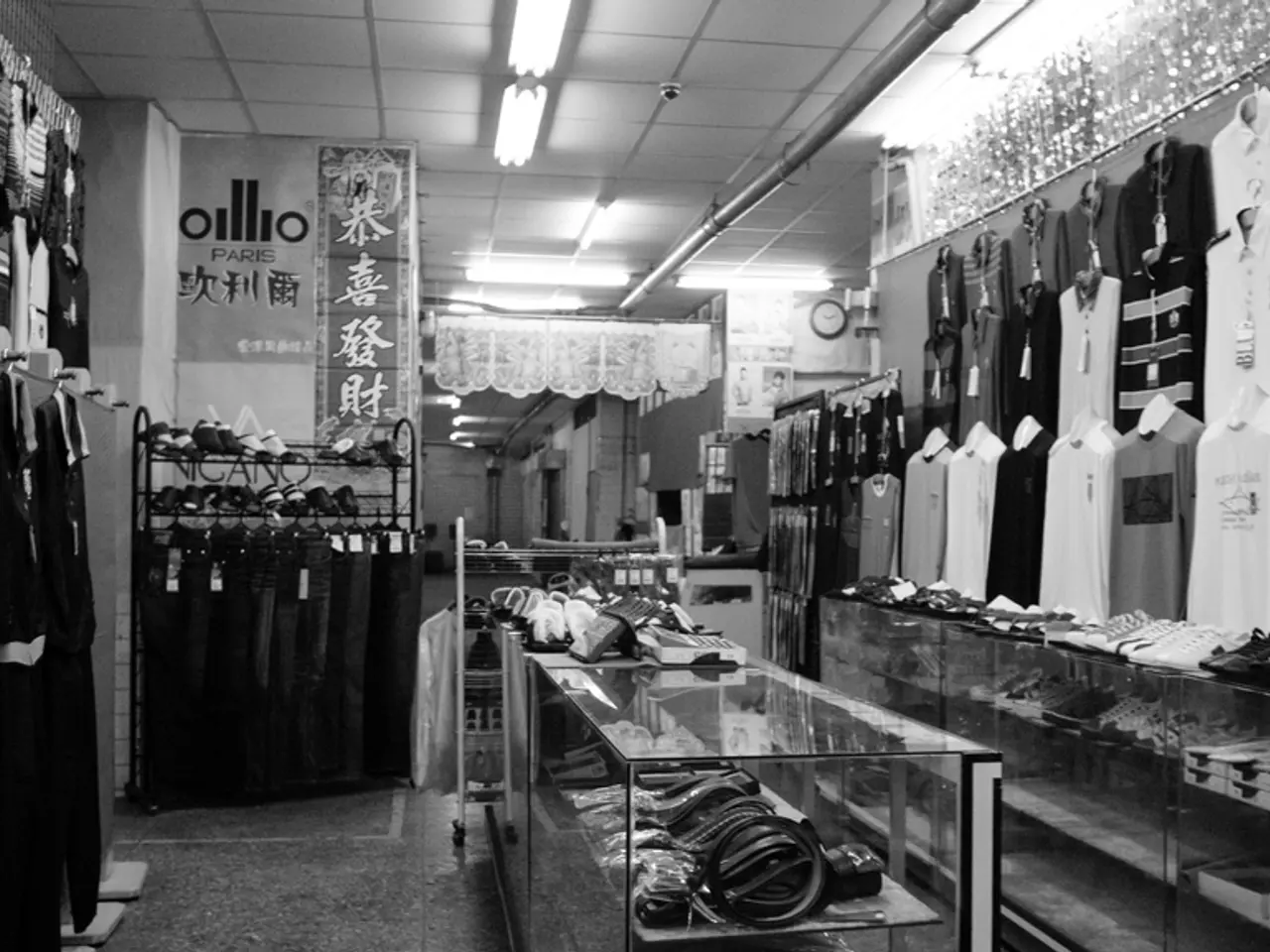Creating Marketable Fashion: 10 Proven Strategies for Clothing Design Success
In the ever-evolving world of fashion, understanding the basic elements and principles of clothing design and production is essential for any aspiring designer. Here's a guide to help you get started:
## Basic Elements of Clothing Design
### Colours
Colours play a significant role in design, influencing mood and cultural perception. Understanding colour theory helps in selecting appropriate colours for different occasions and moods.
### Lines
Lines are fundamental in creating direction, spacing, illusion, and proportion in garments. They can be structural or decorative.
### Repeats
Repeats, or repetitive patterns, add visual interest to fabrics and garments.
### Textures and Patterns
Different textures and patterns can enhance the aesthetic value of a garment and are crucial in designing fabrics.
### Silhouettes and Body Types
Understanding silhouettes helps in creating garments that flatter various body types.
## Principles of Clothing Design
### Balance
Achieving equilibrium in design through visual weight and stability is crucial.
### Proportion
Ensuring that elements are in harmony with each other is essential for creating a harmonious design.
### Emphasis
Highlighting specific features to draw attention is a powerful tool in design.
### Movement
Creating a sense of movement or activity in the design can make it more dynamic and appealing.
### Harmony
Combining elements in a way that is aesthetically pleasing is the key to creating a visually appealing design.
## Phases of Clothing Production
### Ideation & Concept Development
This involves creating a strong idea, conducting trend research, developing mood boards, and establishing colour palettes and silhouettes. A technical package (tech pack) is created to guide production.
### Sampling & Technical Design
The design concept is translated into a physical sample through pattern drafting and testing. This phase involves multiple revisions to perfect fit and aesthetics.
### Sourcing & Pre-Production
This stage involves selecting and securing materials, trims, and hardware. It also includes booking factories and conducting small-batch test runs.
## Educational Resources
### Courses
Enroll in courses that cover fashion fundamentals, such as Udemy’s "Fashion Fundamentals" and MVCC’s "Fashion Design: Ideation & Construction" for hands-on learning.
### Practical Experience
Seek internships or volunteer opportunities to gain industry experience.
By understanding these elements, principles, and stages, you can build a solid foundation in clothing design and production. Start small and build your brand by considering starting a clothing line or taking on freelancing employment to gain valuable experience and establish your brand identity. Embrace technology, stay informed about fashion trends, and prioritise functionality and comfort in your designs to create garments that are both stylish and wearable.
In the realm of fashion-and-beauty, an appreciation for education-and-self-development can significantly enrich an aspiring designer's lifestyle. By investing in courses that cover fashion fundamentals, a designer can enhance their technical skills and broaden their design vision. Additionally, gaining practical experience through internships or freelancing opportunities can provide valuable industry insights and contribute to a strong personal brand in the fashion industry.




